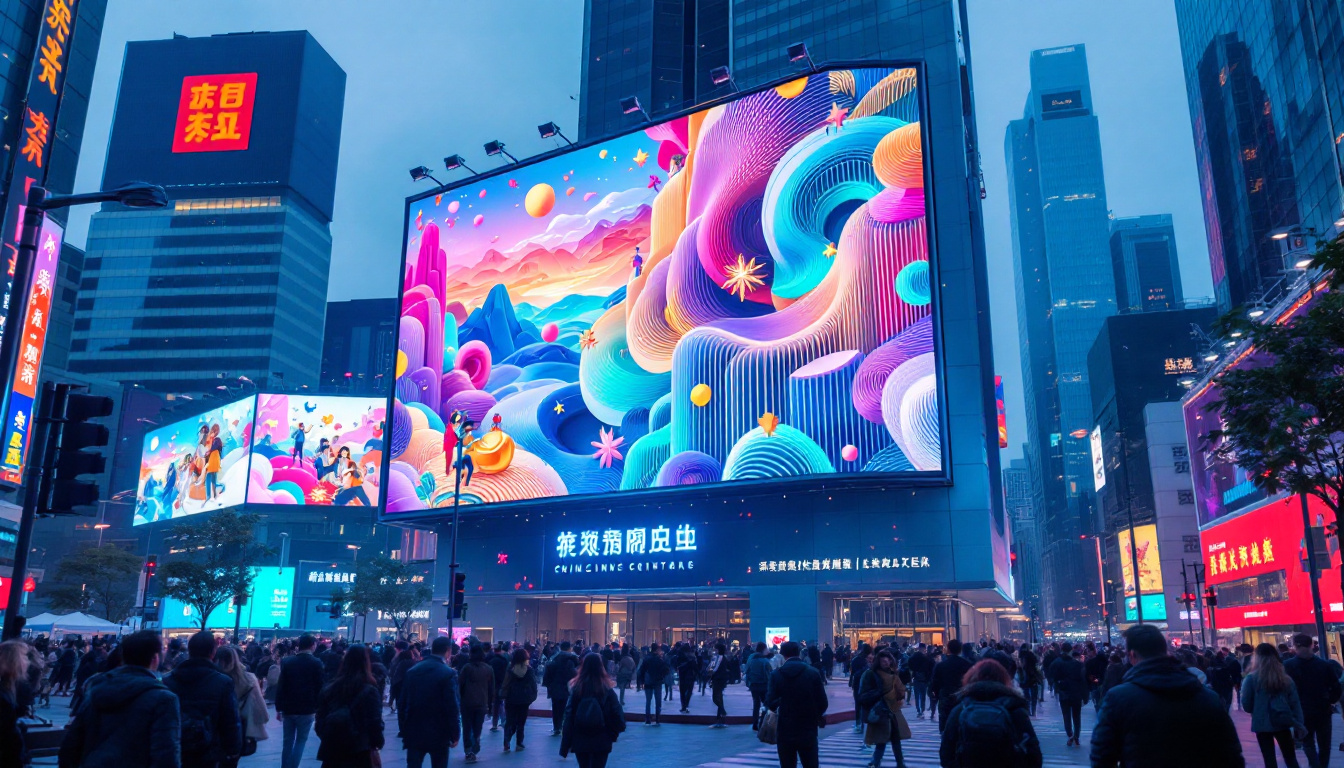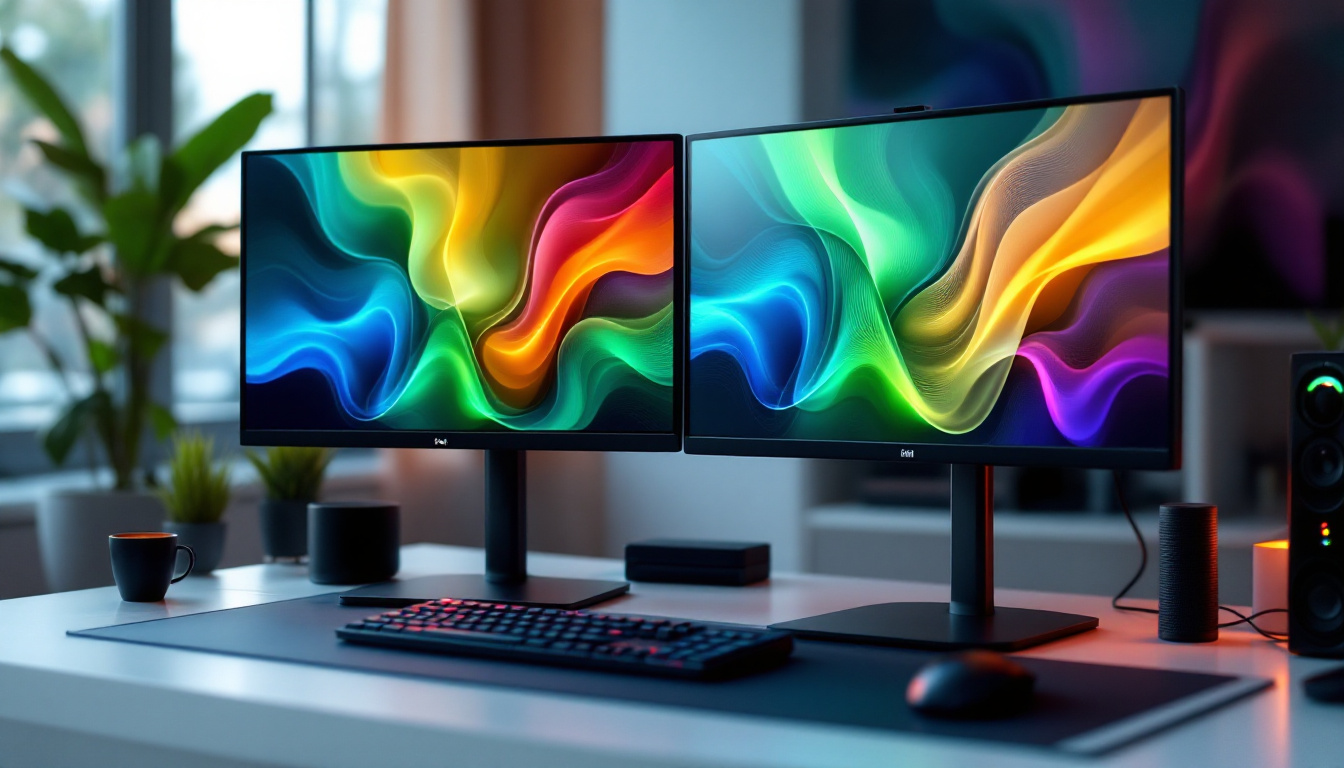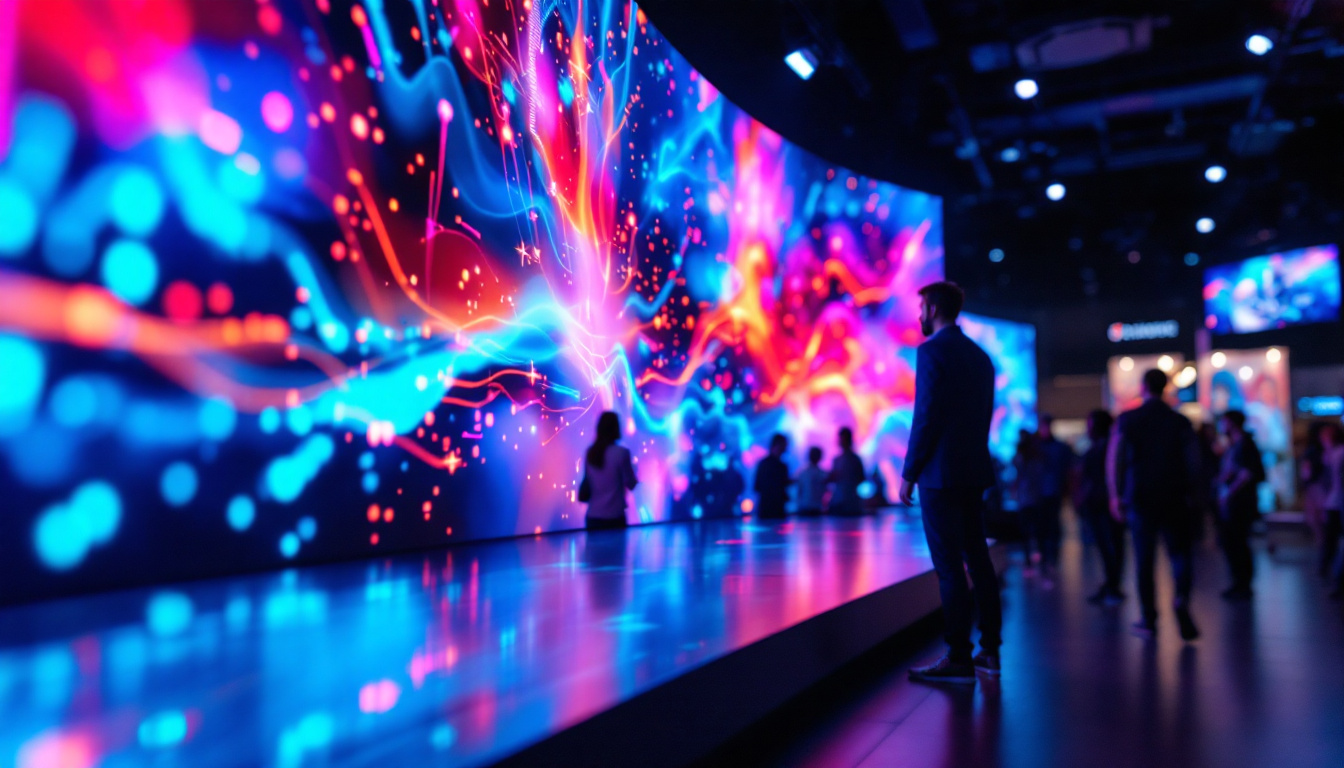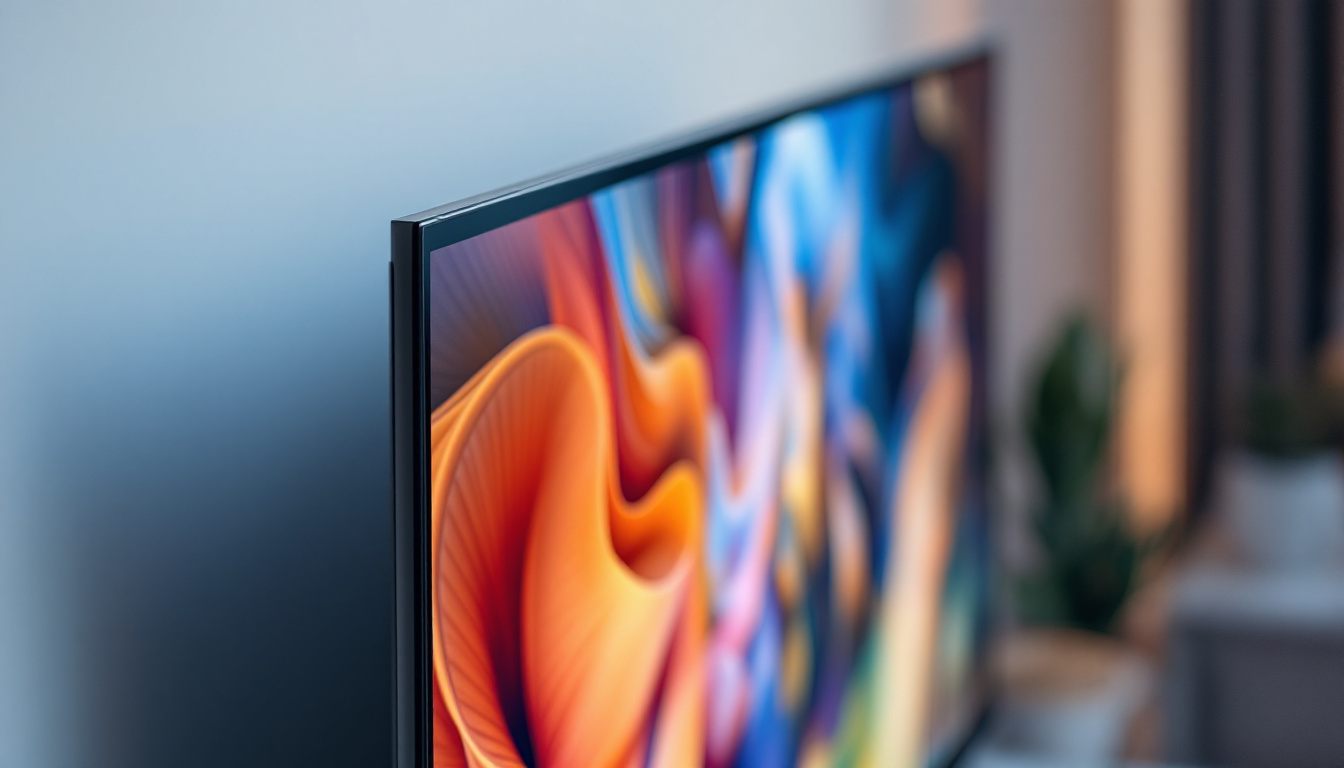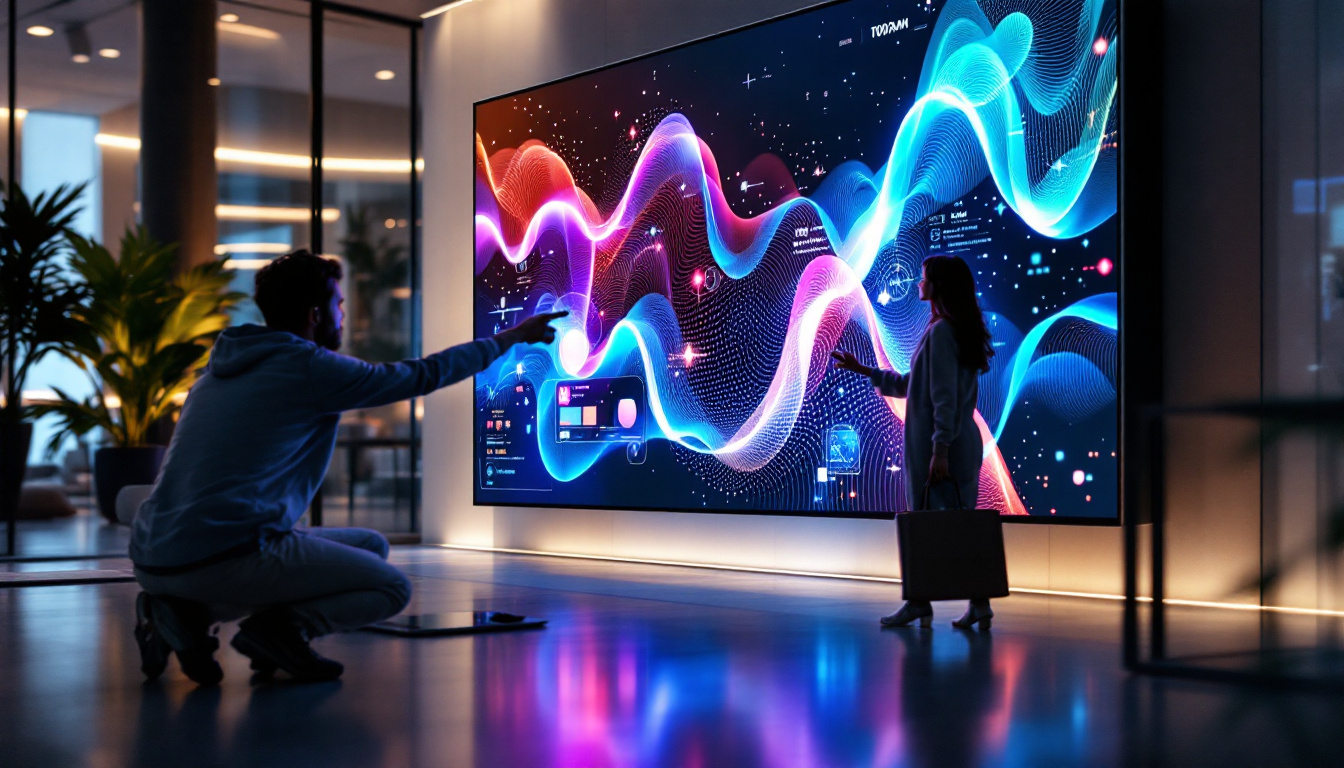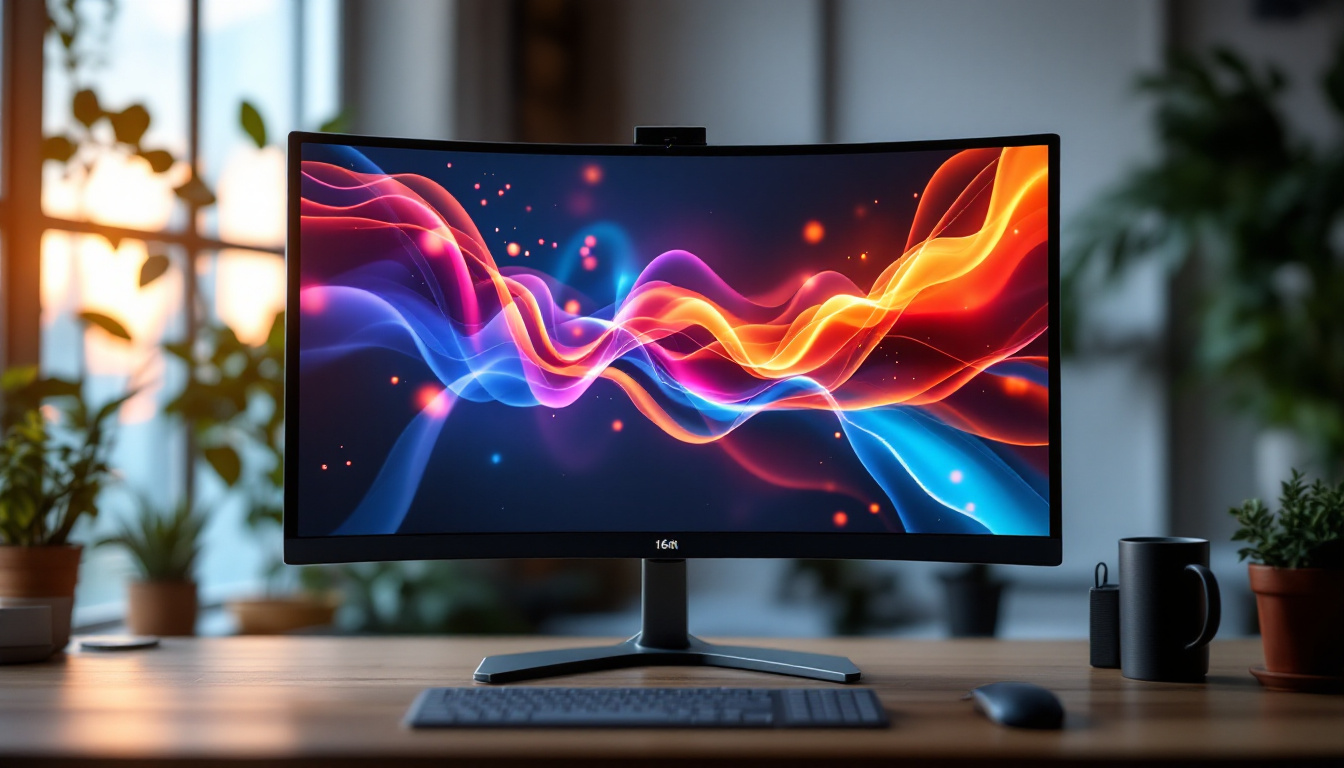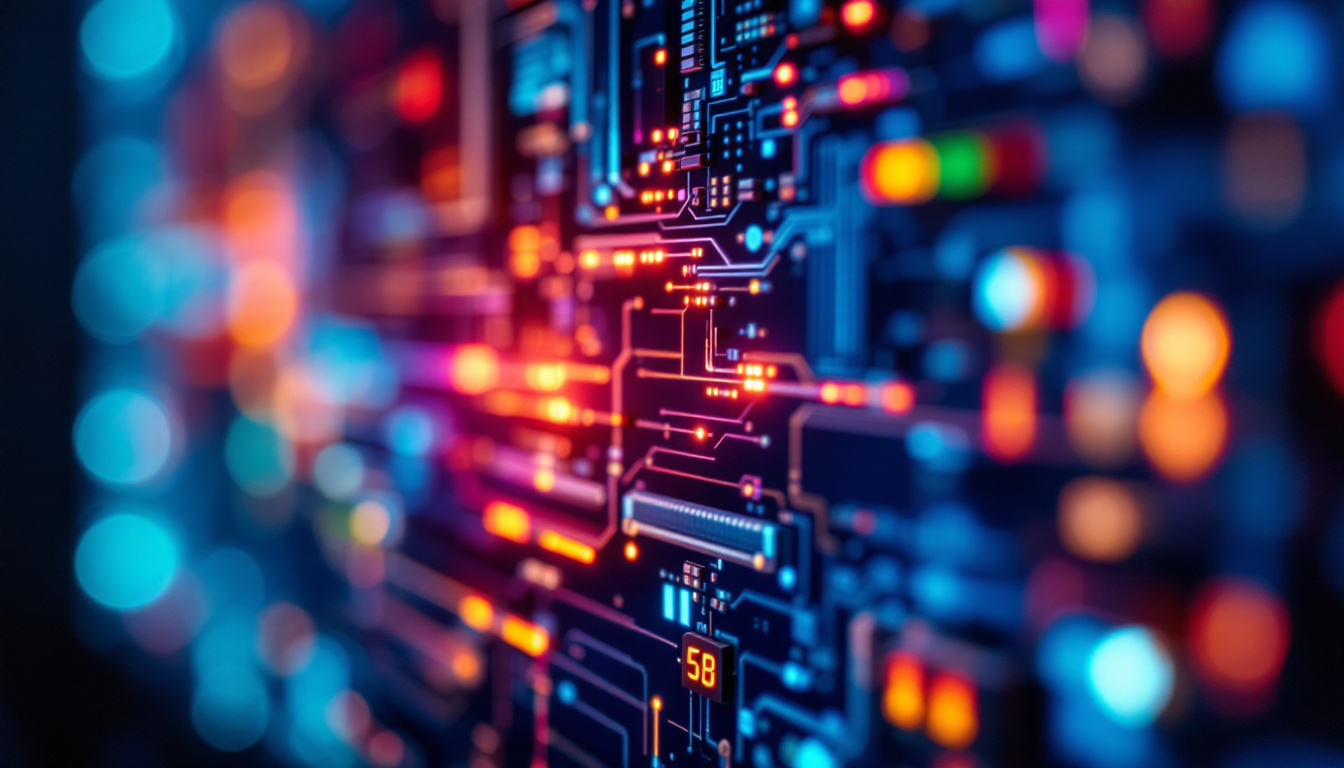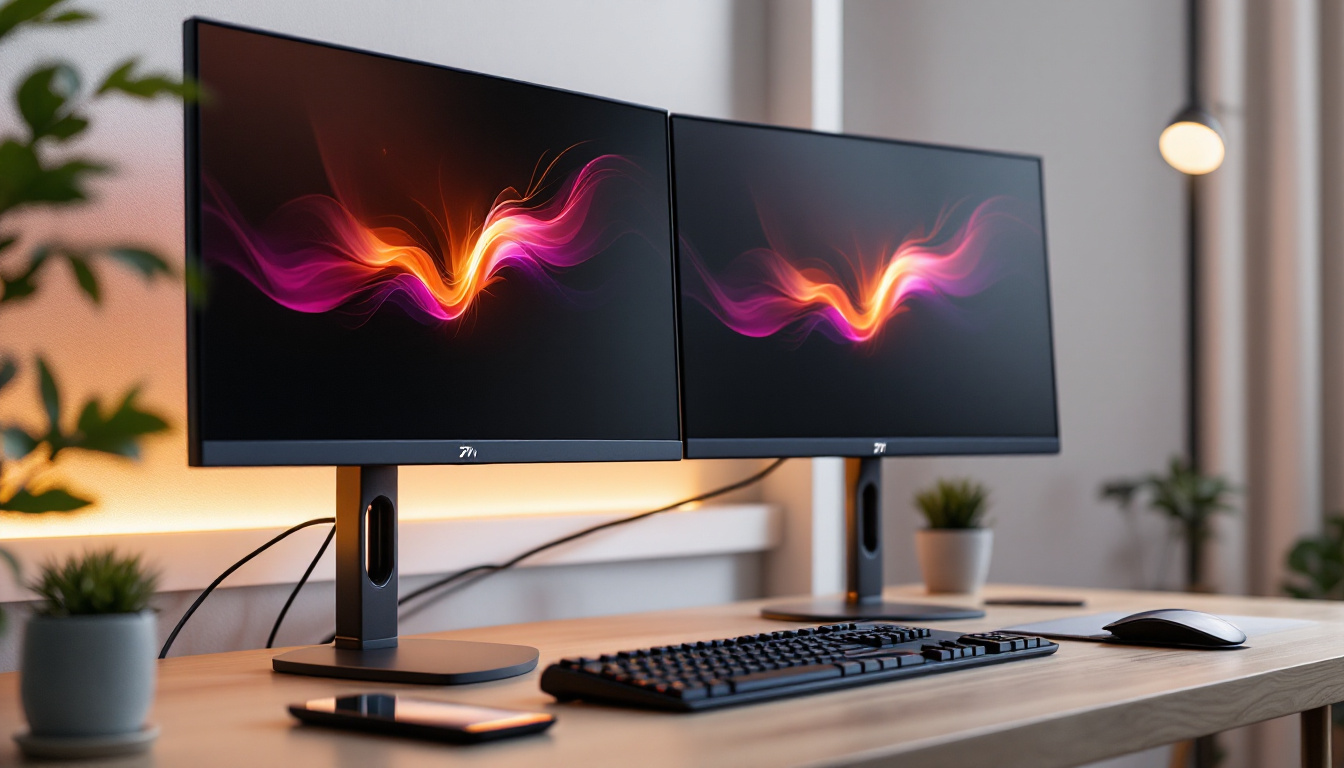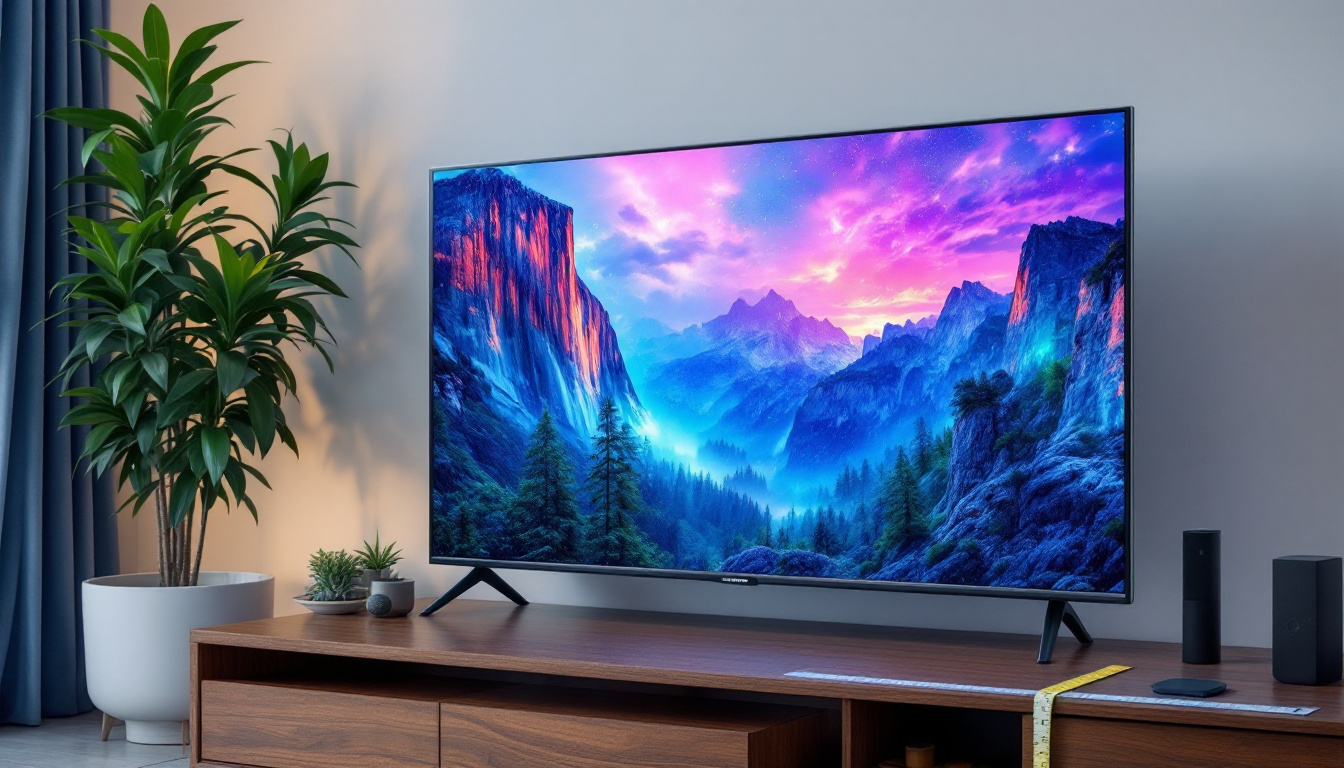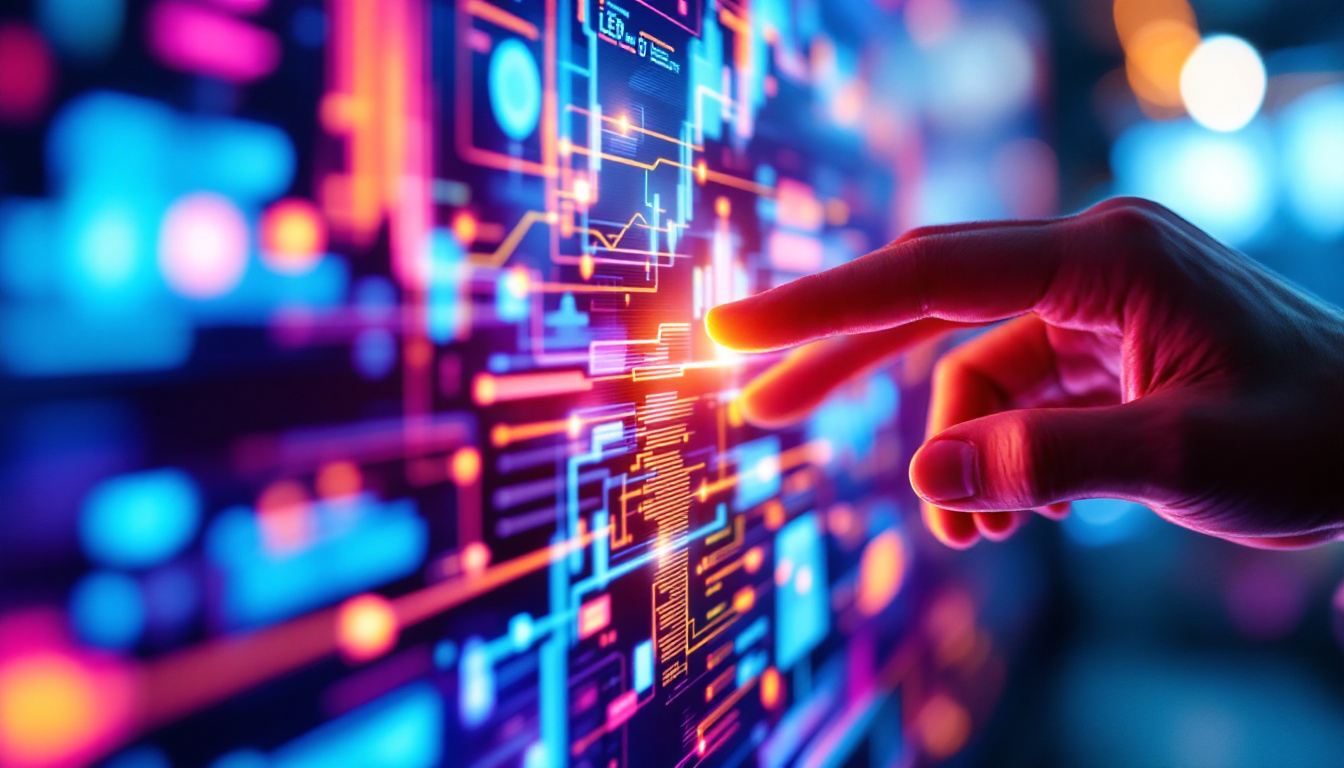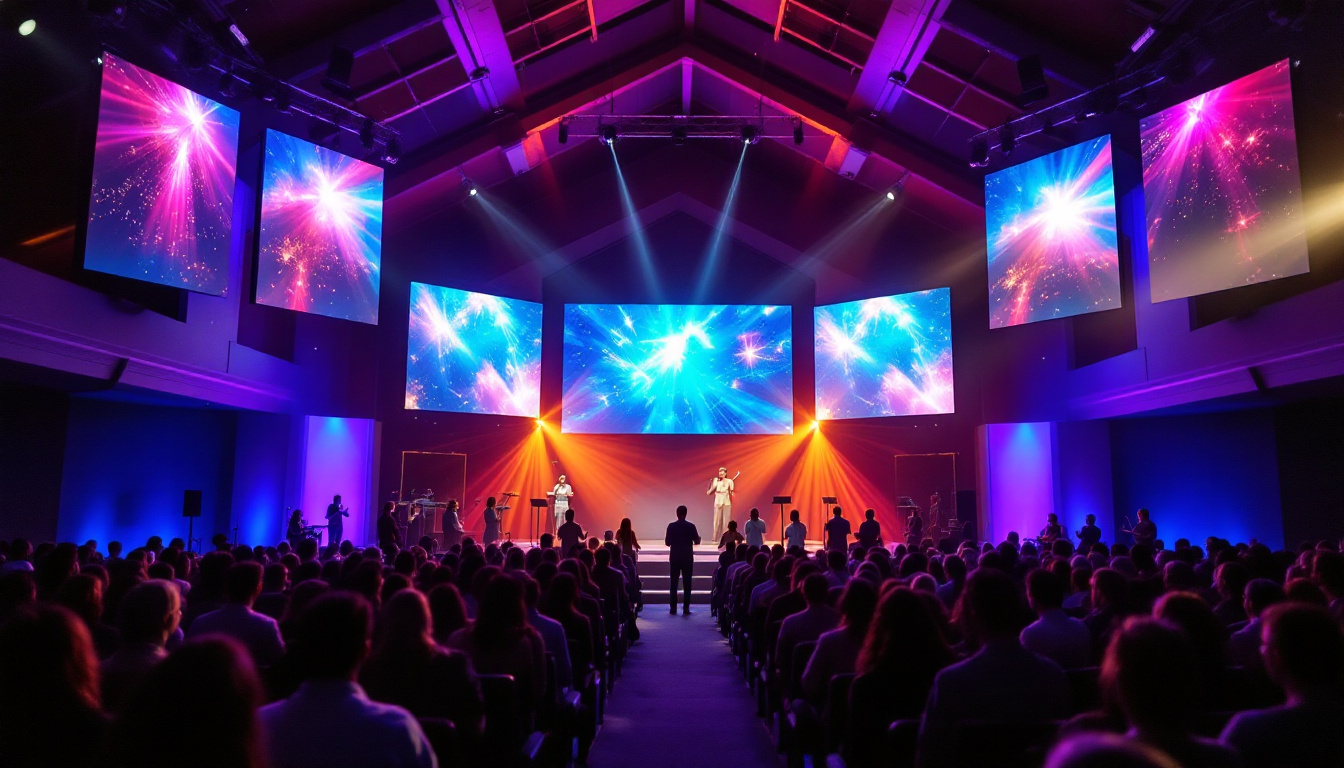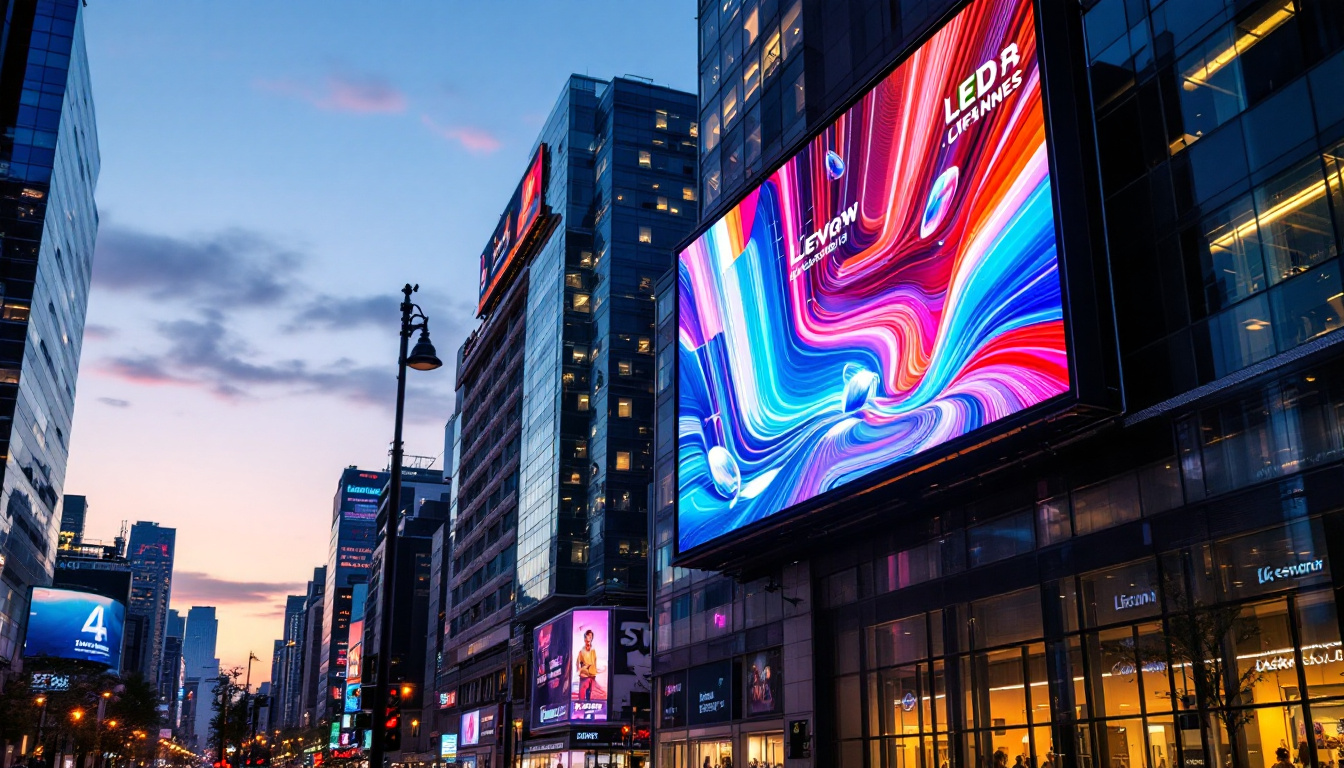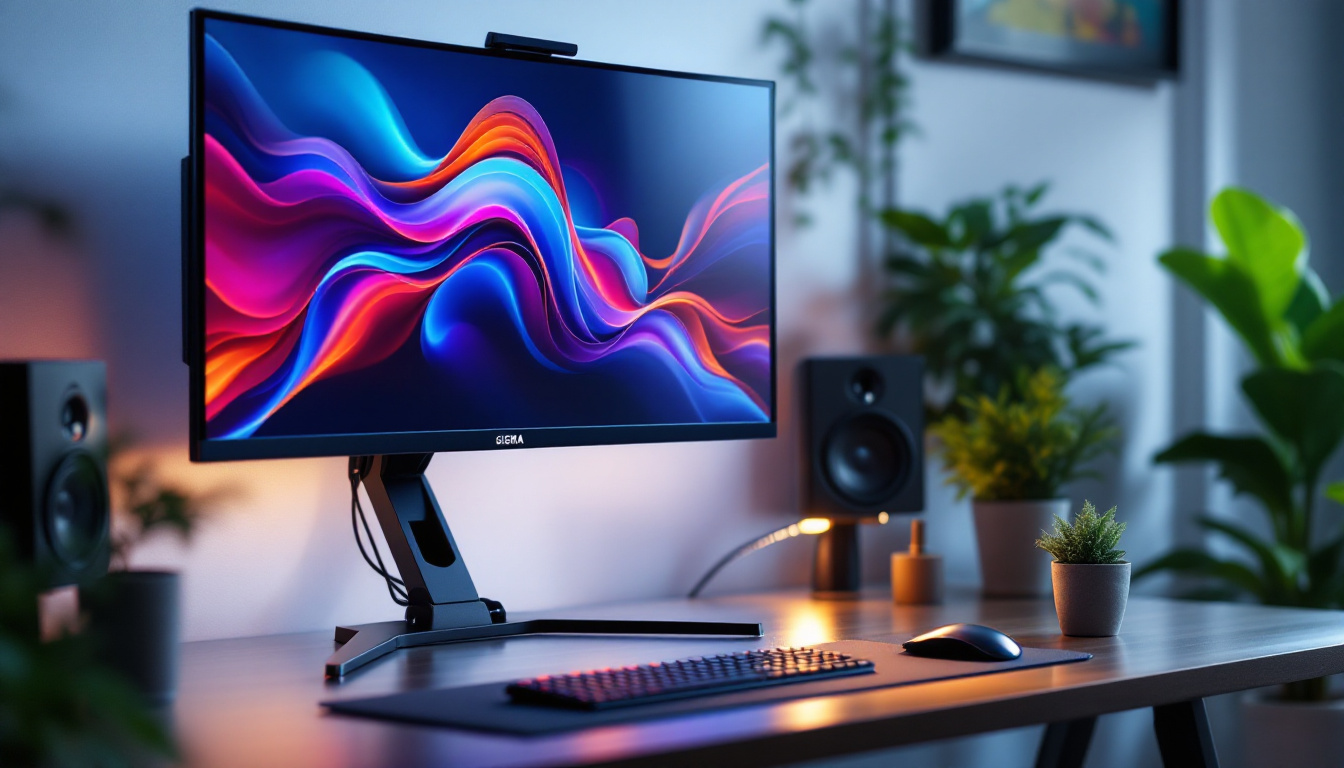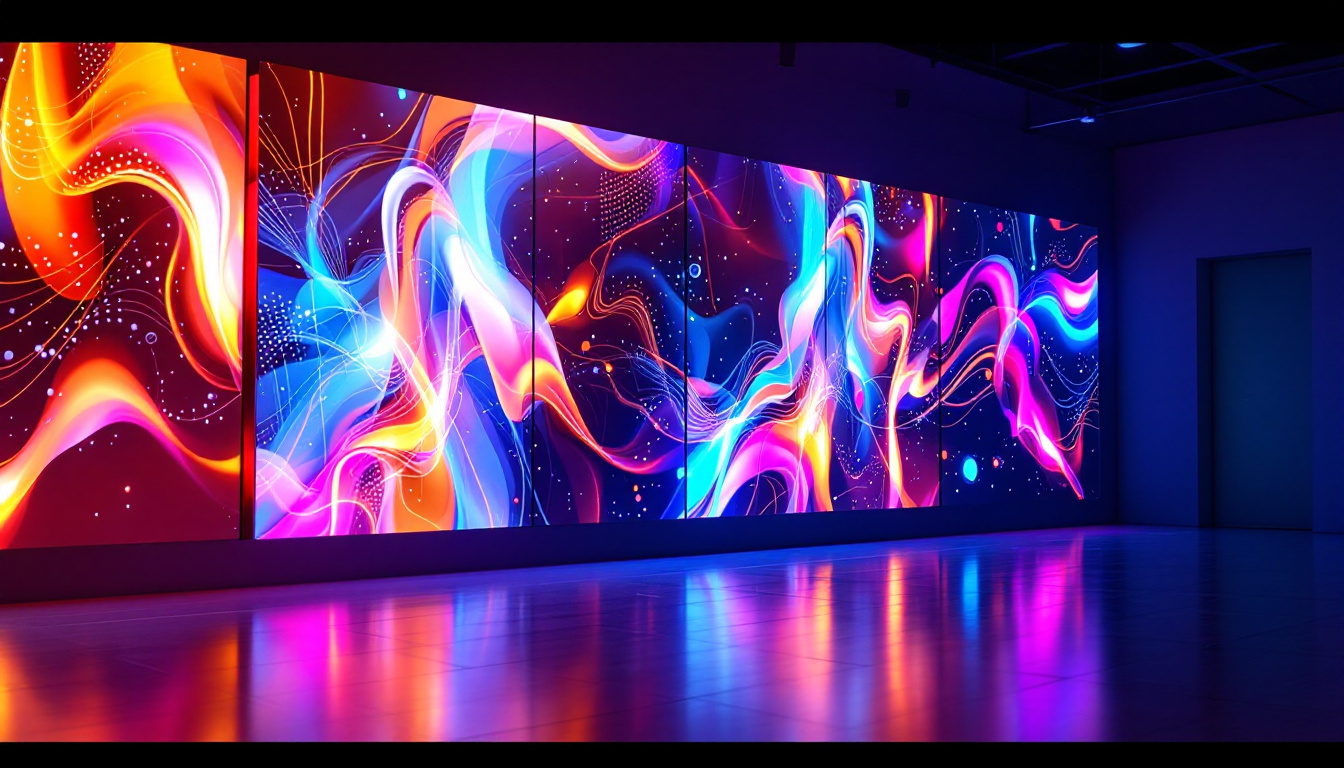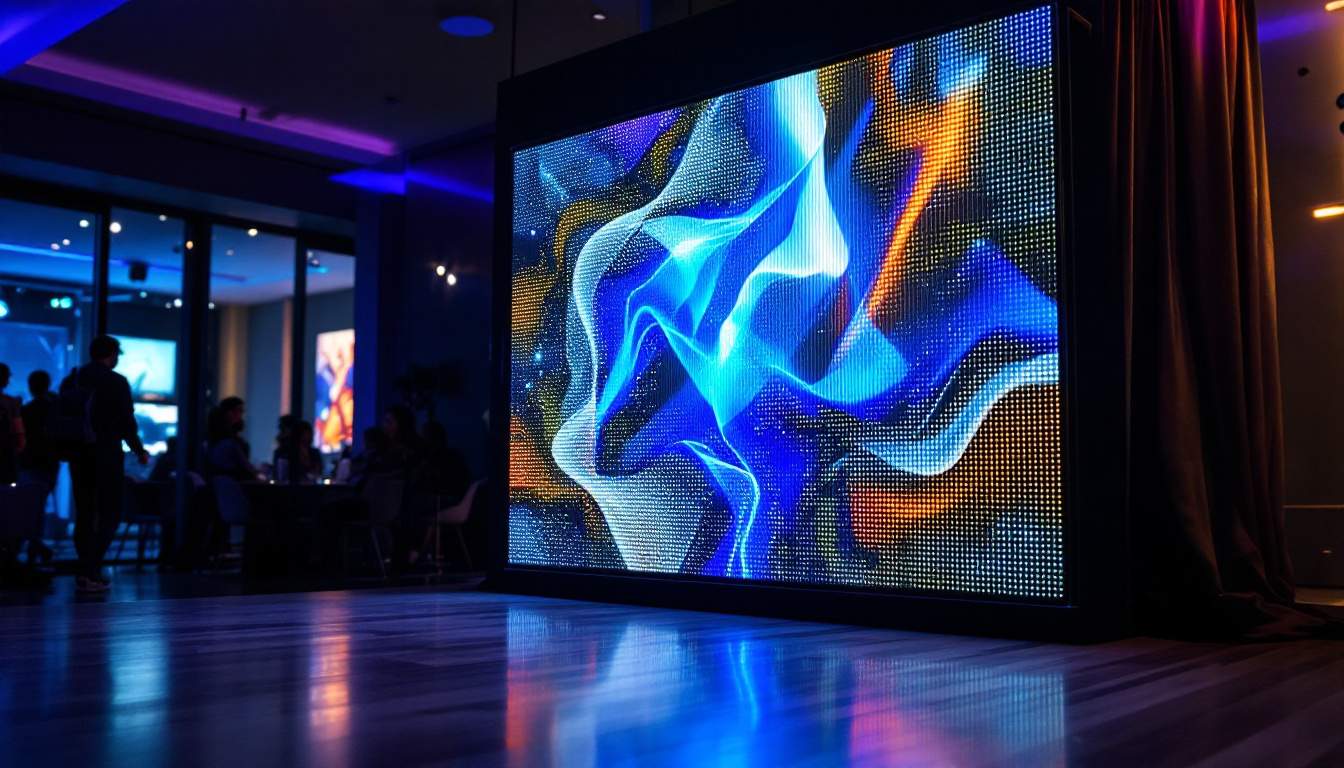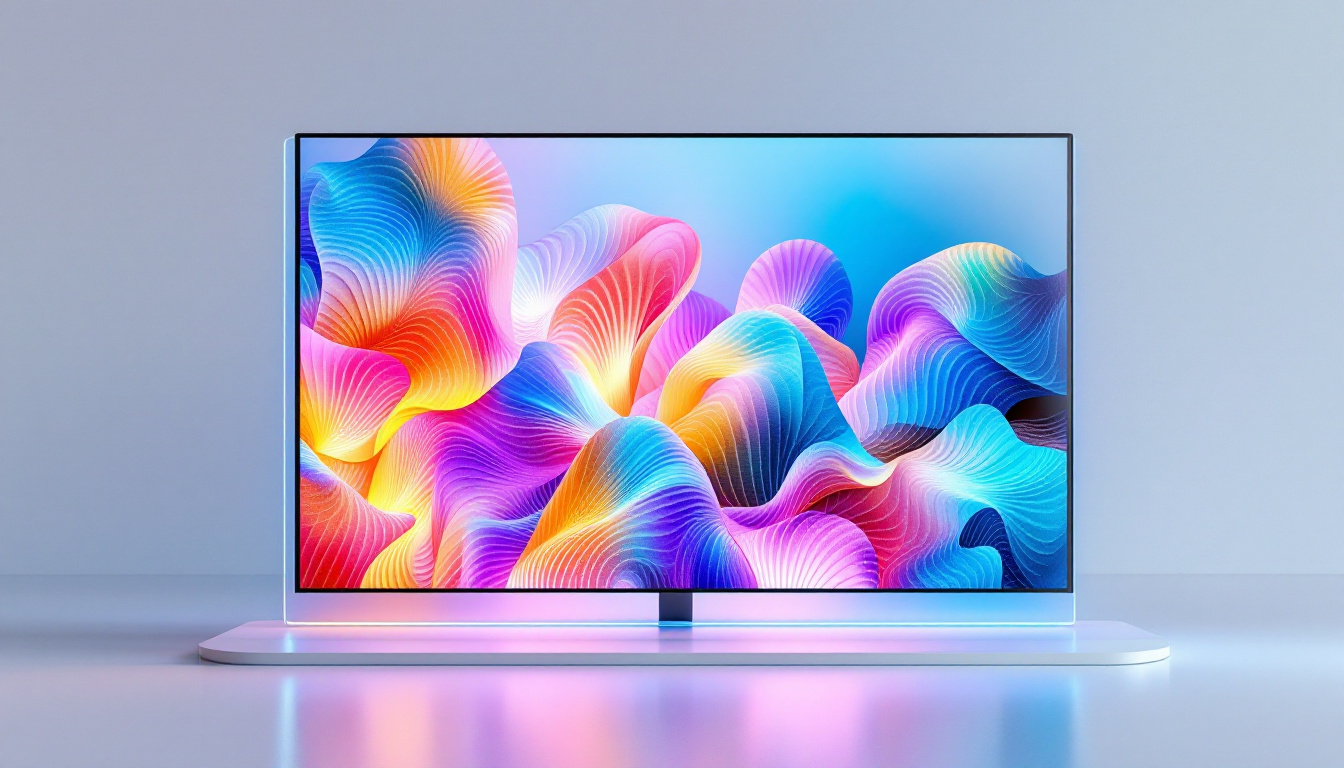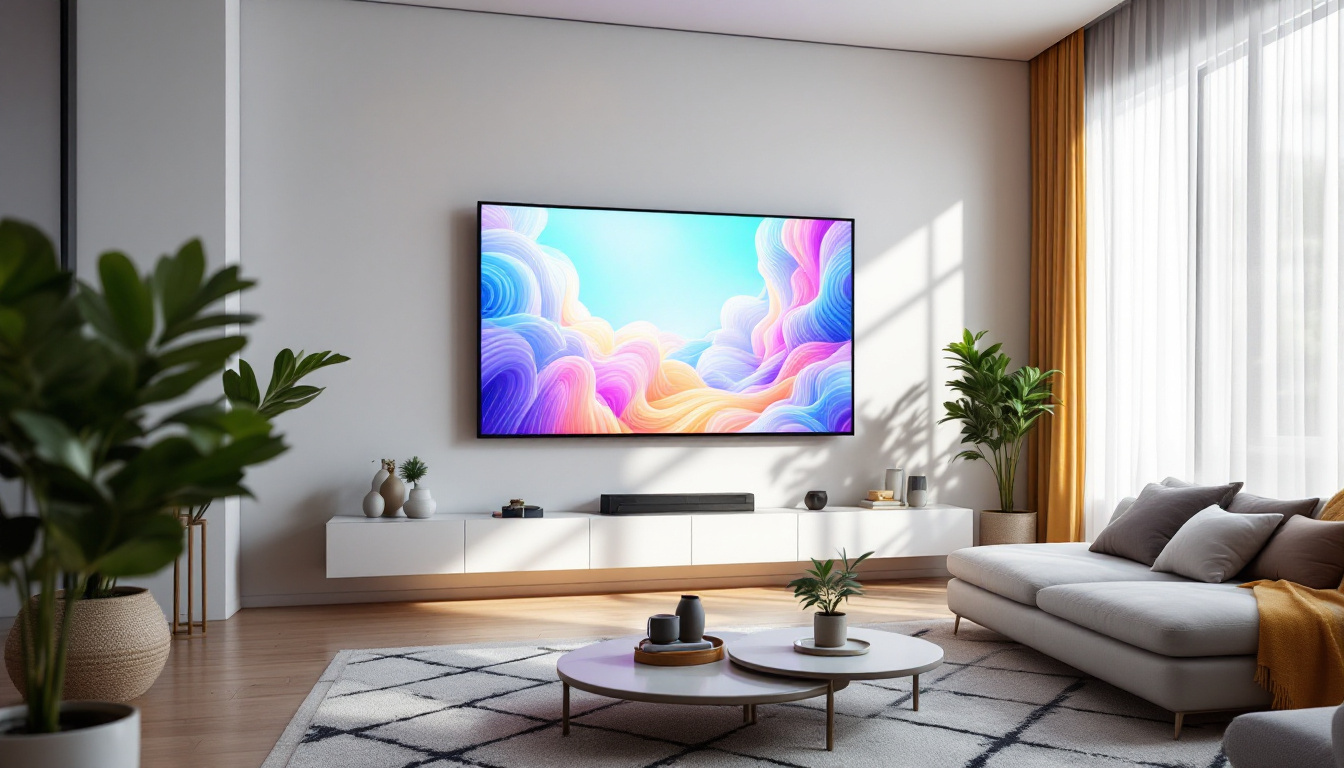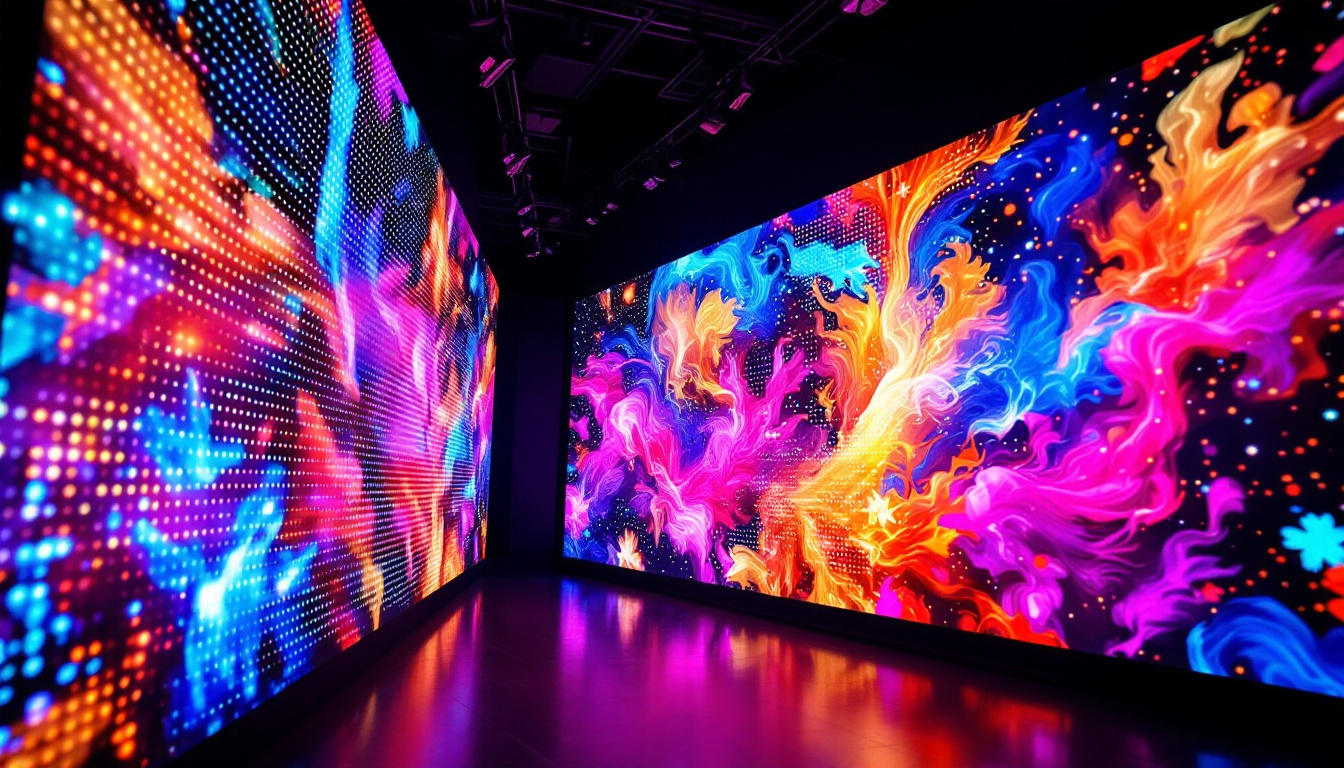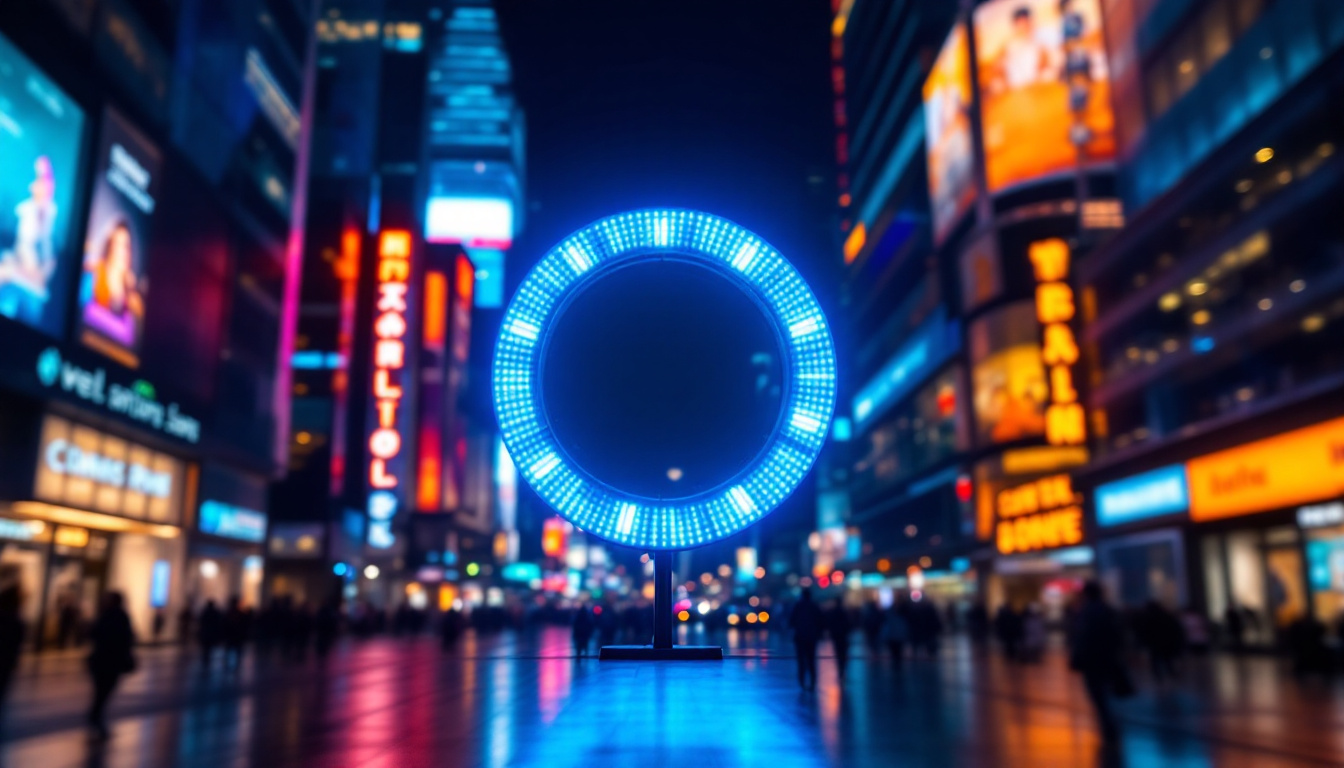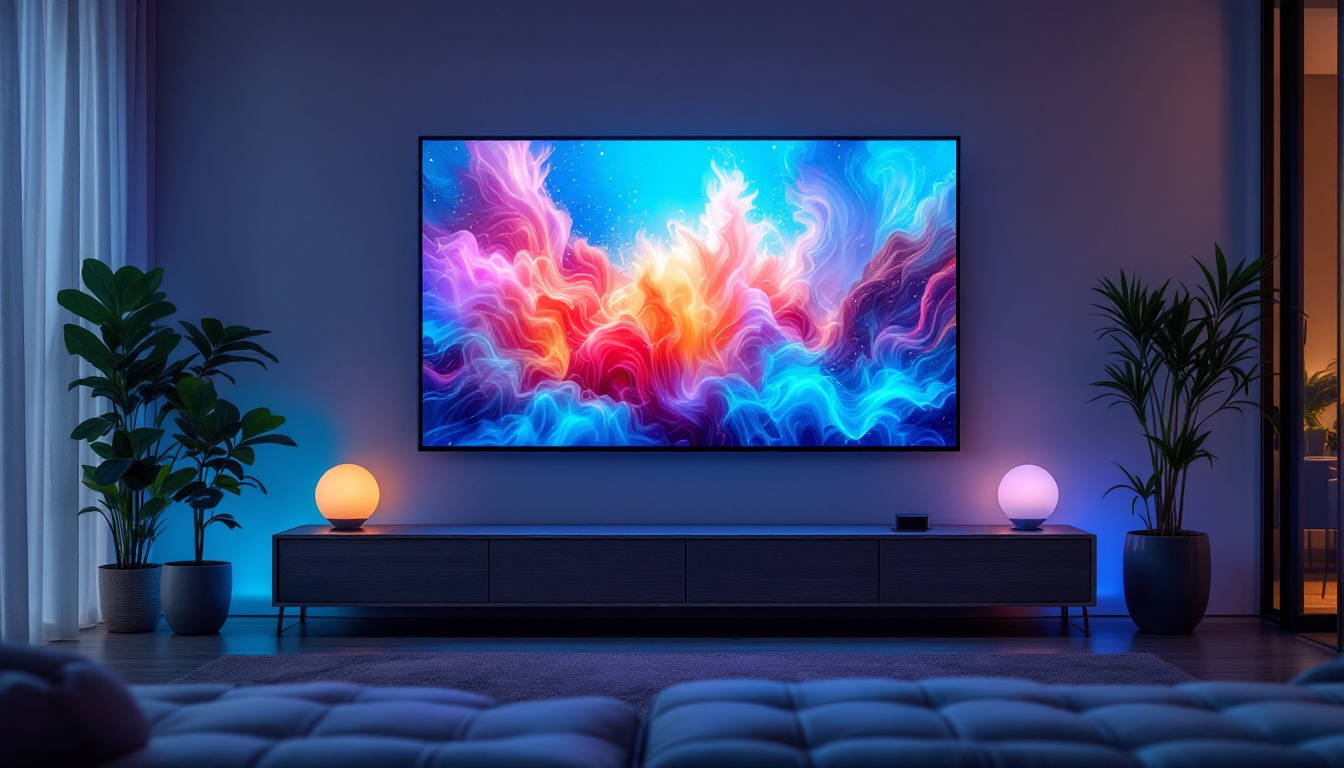In recent years, the intersection of technology and art has given rise to a fascinating phenomenon known as technology wall art. Among the various forms of digital art, LED displays have emerged as a standout choice for both personal and commercial spaces. These vibrant displays not only serve as eye-catching decor but also allow for dynamic content that can be easily updated. This article delves into the intricacies of LED displays, exploring their features, applications, and the future of technology wall art.
Understanding LED Displays
LED displays, or light-emitting diode displays, utilize semiconductor technology to produce light and create images. Unlike traditional display methods, LED technology offers several advantages, making it a preferred choice for modern wall art. Their energy efficiency, longevity, and ability to produce vibrant colors have revolutionized the way we think about visual displays, allowing artists and designers to push the boundaries of creativity.
How LED Displays Work
At the core of an LED display are tiny diodes that emit light when an electric current passes through them. These diodes are arranged in a grid format, allowing for pixel-based images and videos to be displayed. The colors are achieved by combining red, green, and blue (RGB) lights, which can be mixed in various intensities to create a full spectrum of colors. The precision with which these colors can be manipulated is one of the key reasons why LED displays are favored for everything from digital signage to high-end art installations.
The technology behind LED displays has evolved significantly, leading to higher resolutions and better color accuracy. This advancement has made it possible to create stunning visuals that can captivate any audience, whether in a gallery, a home, or a corporate environment. Moreover, the integration of smart technology has allowed for interactive displays that can respond to viewer engagement, further enhancing the immersive experience. As a result, LED displays are not just a medium for visual expression; they have become a dynamic platform for storytelling and communication.
Types of LED Displays
There are several types of LED displays, each suited for different applications. The most common types include:
- Indoor LED Displays: These are typically used in settings like homes, offices, and retail spaces. They are designed for close viewing and offer high resolution.
- Outdoor LED Displays: Built to withstand the elements, outdoor displays are larger and brighter to ensure visibility in direct sunlight. They are often used for advertising and public information.
- Flexible LED Displays: These innovative displays can be bent and shaped to fit unique spaces, allowing for creative installations that traditional displays cannot achieve.
In addition to these common types, there are also specialized LED displays designed for specific industries. For instance, transparent LED displays are gaining popularity in retail environments, allowing products to be showcased behind a screen while still displaying vibrant advertisements. Similarly, LED video walls, composed of multiple panels, are often used in large venues for concerts and events, creating a seamless visual experience that can be seen from great distances. The versatility of LED technology continues to inspire new applications, making it an exciting field for both creators and consumers alike.
The Aesthetic Appeal of LED Wall Art
One of the most compelling aspects of LED displays is their aesthetic versatility. They can transform any space, adding a modern and artistic touch that traditional art forms may lack. Unlike conventional paintings or sculptures, LED wall art can adapt to various interior styles, from minimalist to eclectic, making it a perfect fit for any environment.
Dynamic Visuals
LED wall art can display a wide range of content, from static images to animated graphics and videos. This dynamic capability allows for continuous change, ensuring that the art never feels stale. For instance, a digital landscape can shift from a serene sunset to a bustling cityscape, providing a unique experience for viewers at different times. The ability to change visuals at the touch of a button means that a single piece of art can evoke different emotions and atmospheres throughout the day.
This adaptability not only enhances the visual appeal but also allows for personalization. Homeowners can curate their displays to reflect their tastes, moods, or even seasonal themes, making LED wall art a truly customizable experience. For instance, during the holidays, one might choose to display festive imagery, while in the summer, vibrant tropical scenes could take center stage. This fluidity ensures that the art remains relevant and engaging, inviting viewers to interact with it regularly.
Integration with Smart Technology
Modern LED displays can be integrated with smart home technology, allowing users to control their wall art through mobile apps or voice commands. This level of interactivity adds another layer of engagement, making the art not just a visual experience but also a functional part of the living space. Imagine walking into a room and simply saying, “Change the art,” to see a beautiful new display that instantly alters the ambiance.
For example, users can schedule specific images or videos to play at certain times, creating a seamless blend of art and technology. This integration is particularly appealing in commercial settings, where businesses can update their displays to reflect current promotions or events effortlessly. Moreover, with the rise of social media, many LED wall art systems allow users to showcase their own photographs or artwork, further blurring the lines between artist and audience. This democratization of art not only empowers individuals to express their creativity but also fosters a sense of community as people share their unique displays with others.
Applications of LED Wall Art
LED displays are not limited to homes; their applications span various sectors, each benefiting from the unique capabilities of this technology.
Commercial Spaces
In retail environments, LED wall art is used to attract customers and enhance brand visibility. Dynamic displays can showcase products, highlight sales, or create immersive experiences that draw people in. Businesses can also use LED displays for digital signage, providing information in a visually appealing manner.
Moreover, restaurants and cafes have begun incorporating LED displays into their decor, using them to showcase menus, special events, or even artistic visuals that enhance the dining experience. The ability to change content quickly allows for a more engaging atmosphere.
Art Galleries and Exhibitions
art galleries are increasingly adopting LED displays to showcase digital art. This shift not only broadens the definition of art but also allows artists to experiment with new forms of expression. Digital art can be fluid, changing in real-time or responding to audience interactions, creating a unique experience for each viewer.
Exhibitions can also benefit from LED technology, as it allows for immersive installations that can transport viewers to different environments. The combination of sound, light, and movement can create a multi-sensory experience that traditional art forms may struggle to achieve.
Home Decor
For homeowners, LED wall art offers a modern solution to interior design. Whether it’s a statement piece in a living room or a calming visual in a bedroom, LED displays can enhance the ambiance of any space. The ability to change visuals according to mood or occasion makes them a versatile addition to home decor.
Additionally, LED wall art can serve practical purposes, such as displaying clocks, calendars, or even news updates, merging functionality with aesthetics seamlessly.
Challenges and Considerations
While LED wall art presents numerous advantages, there are also challenges and considerations to keep in mind.
Cost Factors
The initial investment for LED displays can be significant, especially for high-quality models. However, the long-term benefits often outweigh the costs, as these displays are energy-efficient and have a long lifespan compared to traditional lighting methods.
It’s essential for buyers to consider their budget and the intended use of the display. For instance, commercial applications may justify a higher investment due to the potential return on investment through increased customer engagement.
Maintenance and Longevity
Although LED displays are generally low-maintenance, they do require some care to ensure optimal performance. Dust and dirt can accumulate, affecting brightness and clarity. Regular cleaning and occasional professional servicing can help maintain the display’s quality over time.
Furthermore, while LED technology is durable, it is not impervious to damage. Care should be taken during installation and use to avoid physical harm to the display.
The Future of LED Wall Art
The future of LED wall art looks promising, with continuous advancements in technology paving the way for even more innovative applications.
Emerging Trends
As technology evolves, new trends are emerging in the realm of LED displays. One such trend is the integration of augmented reality (AR), allowing viewers to interact with the display in real-time. This could revolutionize how art is experienced, creating a more immersive and engaging environment.
Additionally, advancements in artificial intelligence (AI) may lead to displays that can adapt content based on viewer preferences or behaviors, further personalizing the experience.
Sustainability Considerations
With growing awareness of environmental issues, the demand for sustainable technology is increasing. LED displays are already more energy-efficient than traditional lighting, but future developments may focus on using eco-friendly materials and manufacturing processes.
Artists and designers are beginning to explore ways to create art that not only captivates but also promotes sustainability, aligning with the values of contemporary audiences.
Conclusion
Technology wall art, particularly in the form of LED displays, represents a significant evolution in the way art is created and experienced. With their dynamic capabilities, aesthetic appeal, and diverse applications, LED displays are redefining the boundaries of traditional art.
As technology continues to advance, the possibilities for LED wall art are virtually limitless. From commercial spaces to personal homes, these displays offer a unique blend of creativity and functionality, making them a compelling choice for anyone looking to enhance their environment with modern art.
Ultimately, the integration of technology and art not only enriches our spaces but also invites us to rethink our relationship with creativity in the digital age. The future of LED wall art is bright, and it promises to illuminate our lives in ways we have yet to imagine.
Illuminate Your Space with LumenMatrix
Ready to transform your environment with the vibrant, dynamic world of LED wall art? LumenMatrix is at the forefront of LED display technology, offering a wide array of solutions tailored to your creative and commercial needs. From mesmerizing Indoor LED Wall Displays to robust Outdoor LED Wall Displays, and from sleek LED Transparent Displays to fully customizable options, LumenMatrix empowers you to make a bold visual statement. Check out LumenMatrix LED Display Solutions today and start crafting unforgettable visual experiences that resonate with your audience.



